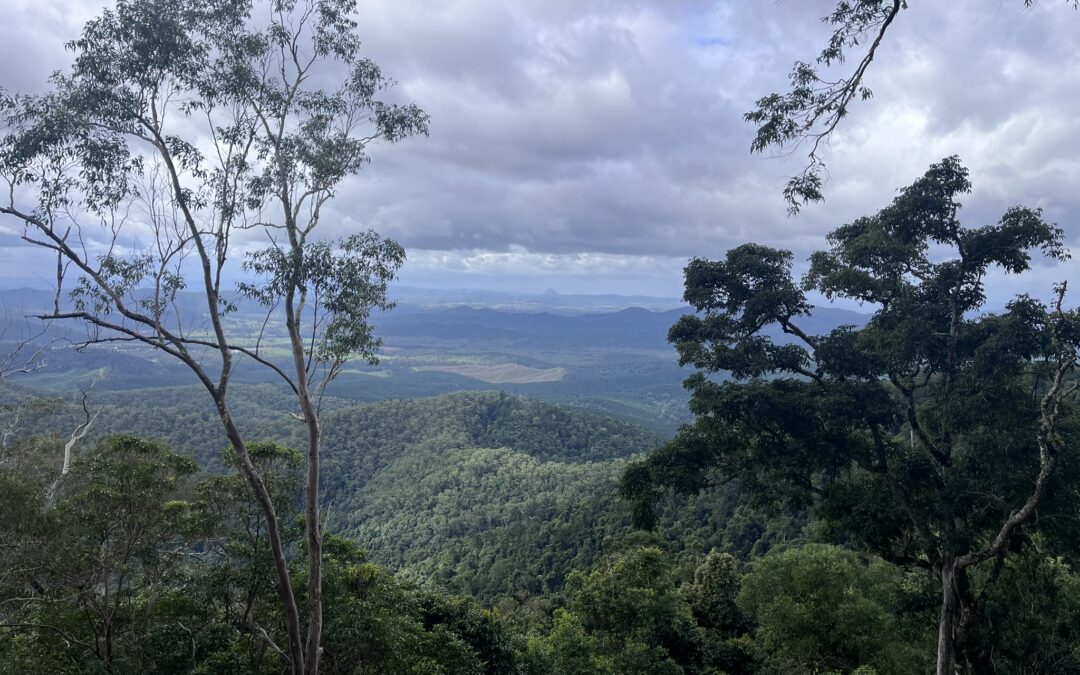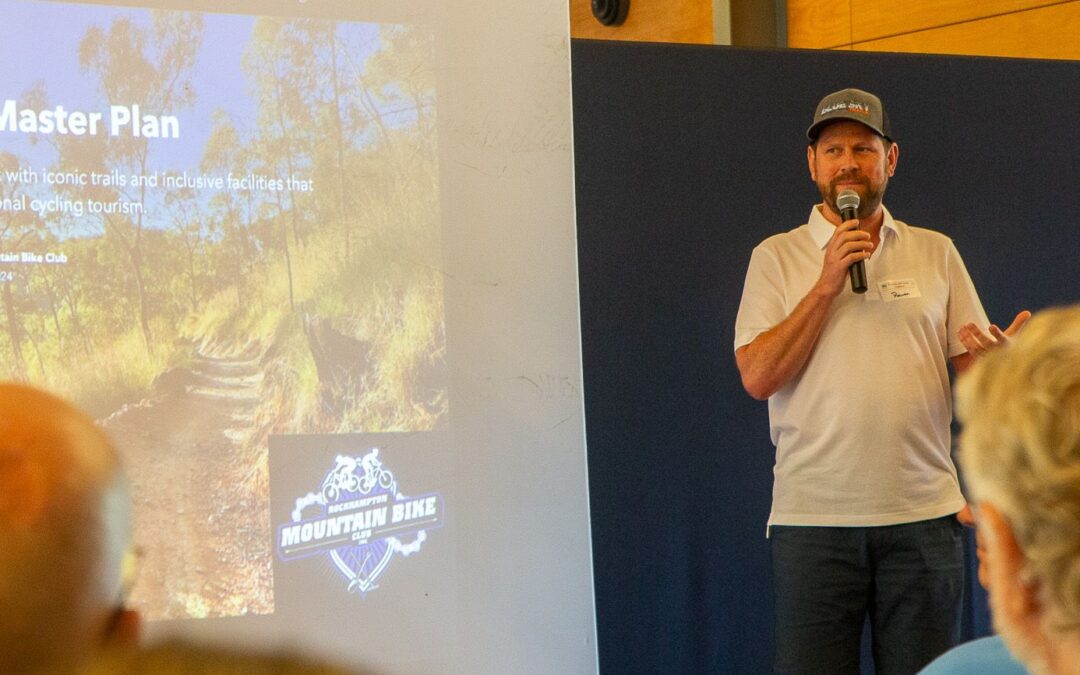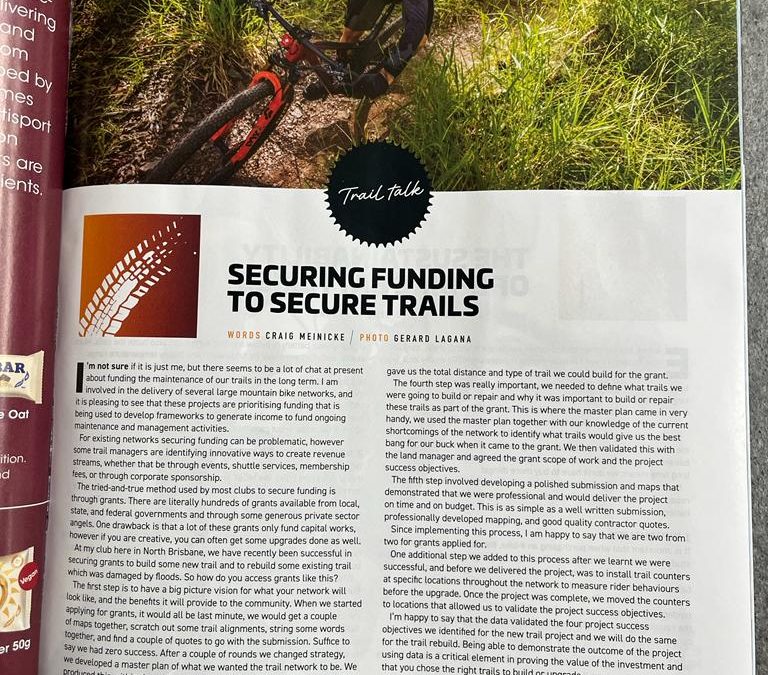My business coach has a favourite saying that he drums into me every time he gets a chance. ‘Boring is profitable, and profit is fun.’ The essence of the statement being that clients are more than happy to pay for work that is seen as boring or uninspiring, and the upshoot is that by doing the work your company gets well rewarded. Stay with me here because there is a crossover to trails, I promise.
As most readers will be aware, much of the east coast of Australia was impacted by flooding in late February. This resulted in significant damage and disruption to infrastructure and the lives of residents in flood affected areas. The floods also had significant impacts on our trail networks with some trails still closed months after the event.
Since the floods I have travelled to a lot of trails across southeast Queensland, and I have noticed that some trails have held up better than others. Looking more closely at the trails and speaking with landowners there are a couple of key factors that have contributed to some trails absorbing the deluge better than others.
Trail Alignment
The first is the basic trail alignment, trails with sustainable alignments, with good grade reversals and drainage features get water off the trail at regular intervals preventing larger volumes of water picking up momentum and tearing trails apart.
The second is the quality of the trail build, good trail builders understand the interrelationship between soil, topography, climate, the trail type, and the riding experience they are creating, and they build features to help trails last and require less ongoing maintenance.
And that brings me full circle back to where I started this article, the most critical thing that allowed the trails to remain relatively unscathed from the recent rain event was recent maintenance to clear and rebuild drains and drainage features. The boring stuff.
Anyone who has performed volunteer trail care will tell you that drainage work is a thankless part of the work, you are not building a jump, not reshaping a berm, not installing a sneaky kicker. You are moving dirt from one place to another and shaping it so that it gets water off the trail while not adversely affect the riding experience.
Boring right? A little, but drainage maintenance is the foundation of any sustainable trail from green through to double black. Not only do trails last longer and ride better through routine drainage work, volunteer groups who prioritise drainage work gain respect from land managers, they are not just there to build the fun stuff, they are invested in long term sustainable trail management. Drainage may be boring, but the results are great for all involved.
If I am honest, I love building a good drain, and I have been known to stop mid ride to look at a well-built drainage feature. To raise the profile of the humble drain, I have started a Facebook page called sexytraildrains. Next time you are out digging, and you finish building an exceptionally awesome drain, take a pic and share it with other closet drainage aficionados.
Drains may be a little boring, but we would not have trails without them.
Want to read more?
Craig Meincke is a regular contributor to Australian Mountain Bike Magazine. You can read Craig’s article and much more in this months issue. https://www.ambmag.com.au/



